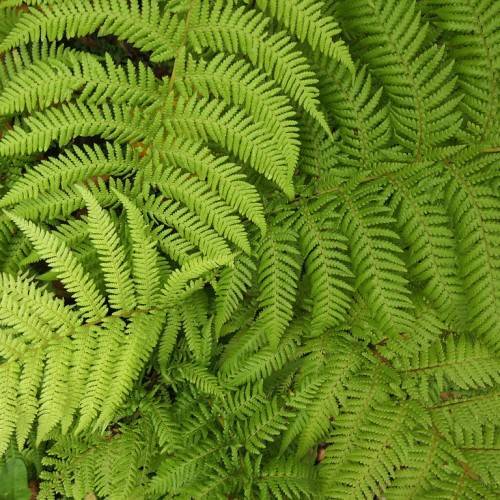
soft tree fern
Dicksonia antarctica
Cycle:
Perennial
Watering:
Frequent
Hardiness Zone:
9 - 10
Flowers:
Flowers
Sun:
Part shade,full shade
Leaf:
Yes
Growth Rate:
Low
Maintenance:
Moderate
Drought Tolerant:
Yes
Salt Tolerant:
Yes
Care Level:
Medium
watering
Soft tree ferns require regular watering to stay healthy. As a general guideline, water when the top 2-3 cm of soil becomes dry. During the summer, water more often - at least twice a week - to keep the soil moist. In winter, water less frequently - about once a week - allowing the soil to dry out more between waterings. If you are unsure if the soil is dry, stick your finger into the soil up to the knuckle - if it is dry you may need to water. Make sure not to over-water your tree fern, as that can be just as detrimental as under-watering.
sunlight
Soft tree ferns require bright, indirect sunlight during its growing season, which is usually from early spring through late autumn. During this time, it’s best to provide at least 6 hours of filtered sunlight each day. Be sure to keep out of hot, direct light and midday sun, as this can cause burning on the fern's delicate fronds. During the winter, it’s best to minimize the sunlight the fern receives to avoid stressing it.
pruning
Soft tree ferns (Dicksonia antarctica) should be pruned on an as-needed basis to maintain the desired shape. Pruning should generally take place after new growth has emerged and established, usually in late winter or early spring. Removal of dead, damaged, or diseased fronds should always be done, as these can be sources of infection for other fronds or the plant as a whole. Pruning should generally be done to maintain a nice silhouette, removing excess fronds and shaping the plant to the desired size and shape. If necessary, heavier pruning could remove up to 1-third of the fronds without harming the plant.
